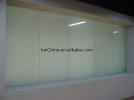- Joined
- May 1, 2013
- Messages
- 10,668
- Reaction score
- 6,561
- Location
- Dublin
- Country
- Ireland
- Dash Cam
- Street Guardian UK / EU / EEA Distributor
Please don't laugh or judge me too harsh, this is just a concept which I have made quickly "on-the-go".
Due to CPL filter could be dashcam friend and its enemy at the same time, depending on light conditions ( day, night, dark, bright, etc ), always removing - attaching a CPL it is a big PITA.
Over year ago I thought about CPL filter solution that could be slide in / out automatically or manually without completely removing it.
Only now I remembered that idea again and made some quick prototype / samples to explain my concept on how it would work. This is far from perfect solution. I used only materials / tools I found nearby laying around, just to show this concept.
I was not able to fully finish it due to lack of time and I had in hand only Street Guardian SG9665GC, which is too small to try out this idea. Best would be to work on bigger size dashcams, but at least I tried
Manual Slide In-Out
As you may see, idea is simple if to use it as manual Slide IN / OUT solution. In the morning you make sure to move CPL to cover lens and for night time driving you "Slide-away" CPL filter. At all time CPL filter stay attached to slide in/out mechanism part. No need attach-detach, or aligning correct CPL filter position.
Electric and Automatic ( Photocell ) Slide In-Out
This would be more advanced solution. In theory and in practice is doable ( just matter of patience and time ).
a) I was thinking to use some RC mini-servo, connect via gears to CPL filter slide in-out mechanism and via remote on/off button can operate when needed.
b) connect RC servo to photoelectric light sensor, which could automatically / instantly Slide in or out CPL filter.
Of course to apply this solution to dashcam, - it must be designed and implemented along with specific dashcam model on the very first place of design / development. It hard to make it as an "add-on" to fit all.
Below is my "Frankenstein" concept.
I don't have much time now to further "develop" this project.
Just wanted to share my ideas, so maybe someone else want to try it out or go from here with better solutions if they find it useful to try it.
Also we can discuss / debate all pros, cons, practicality etc. of this concept.
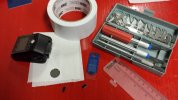
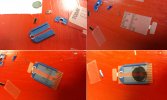
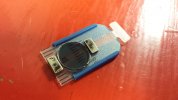

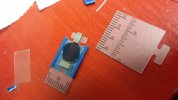
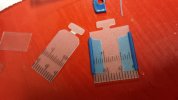
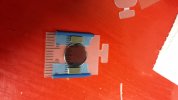
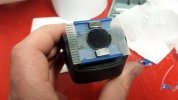


Due to CPL filter could be dashcam friend and its enemy at the same time, depending on light conditions ( day, night, dark, bright, etc ), always removing - attaching a CPL it is a big PITA.
Over year ago I thought about CPL filter solution that could be slide in / out automatically or manually without completely removing it.
Only now I remembered that idea again and made some quick prototype / samples to explain my concept on how it would work. This is far from perfect solution. I used only materials / tools I found nearby laying around, just to show this concept.
I was not able to fully finish it due to lack of time and I had in hand only Street Guardian SG9665GC, which is too small to try out this idea. Best would be to work on bigger size dashcams, but at least I tried
Manual Slide In-Out
As you may see, idea is simple if to use it as manual Slide IN / OUT solution. In the morning you make sure to move CPL to cover lens and for night time driving you "Slide-away" CPL filter. At all time CPL filter stay attached to slide in/out mechanism part. No need attach-detach, or aligning correct CPL filter position.
Electric and Automatic ( Photocell ) Slide In-Out
This would be more advanced solution. In theory and in practice is doable ( just matter of patience and time ).
a) I was thinking to use some RC mini-servo, connect via gears to CPL filter slide in-out mechanism and via remote on/off button can operate when needed.
b) connect RC servo to photoelectric light sensor, which could automatically / instantly Slide in or out CPL filter.
Of course to apply this solution to dashcam, - it must be designed and implemented along with specific dashcam model on the very first place of design / development. It hard to make it as an "add-on" to fit all.
Below is my "Frankenstein" concept.
I don't have much time now to further "develop" this project.
Just wanted to share my ideas, so maybe someone else want to try it out or go from here with better solutions if they find it useful to try it.
Also we can discuss / debate all pros, cons, practicality etc. of this concept.










Last edited:


